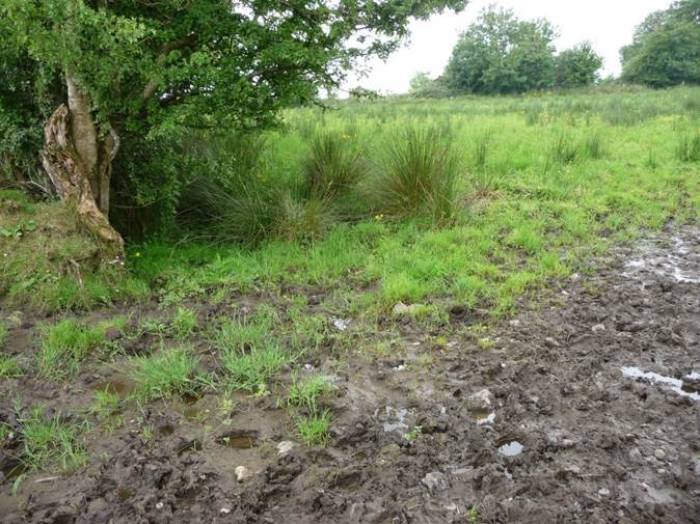When buying in sheep, liver fluke quarantine treatment strategies should be considered based on the risk posed by the incoming sheep and the risk status of the farm. Strategies should be developed in conjunction with a vet or animal health advisor.
The three principal reasons for quarantine treatment are:-
- Sheep may be introduced onto a farm with no known snail habitat and, therefore, no history of fluke infection. The risk of introduced fluke establishing on the farm is very small (or zero, if there is no snail habitat) and treatment in this case is intended to remove any fluke in the sheep for the sake of their health. Treatment with a flukicide active against immatures is advised, with faecal egg count (FEC) monitoring in subsequent months to detect any small residual burden. The consequences of introducing small numbers of fluke, or resistant fluke, are not serious in the long-term.
- The farm may have areas considered to be a suitable habitat for snails but no history of fluke infection. The risk of introduced fluke establishing on the farm is considered to be significant so treatment is aimed at removing all fluke, including any resistant fluke.
- Liver fluke may be endemic on the farm so introducing small numbers of fluke will not be serious, particularly if wildlife reservoirs exist. However, if the endemic fluke are fully flukicide-susceptible, the consequences of introducing resistant fluke are potentially serious.
Vets/advisers can find more in the SCOPS Technical Manual. Chapter 2.3.1.
Choosing a treatment strategy
The following factors should be considered when choosing a quarantine treatment strategy:-
- Resistance to triclabendazole (TCBZ) is still relatively uncommon in the UK so, in most cases, treatment with TCBZ will remove a very high proportion of susceptible flukes of all stages.
- Treatment with TCBZ alone will not remove TCBZ-resistant fluke.
- Treatment with closantel or nitroxynil is expected to prevent the output of fluke eggs for at least eight weeks and probably more, provided the fluke are susceptible to the drug used. Despite resistance to closantel and to nitroxynil being reported in other countries, there are no confirmed cases in the UK. If the introduced sheep are infected with young immature fluke, treatment will have to be repeated after the immatures are old enough to be killed by these products. In this context, it may be worth considering the use of two doses of closantel given six weeks apart or nitroxynil a minimum of seven weeks apart.
- Treatment with more than one product with activity against immature flukes (closantel, nitroxynil, TCBZ) will reduce the risk of introducing fluke with resistance to any one product. However, it is not recommended that two products are used at the same time, because of the potential risk to the health of the sheep.
- Sheep can pass fluke eggs for up to three weeks after adult fluke are killed. It is advised that sheep be kept on quarantine pastures or pastures with no fluke habitat for at least four weeks after treatment.
- FEC monitoring can be used to determine the need for treatments subsequent to the initial one.
Click here for more on liver fluke treatment and control.
